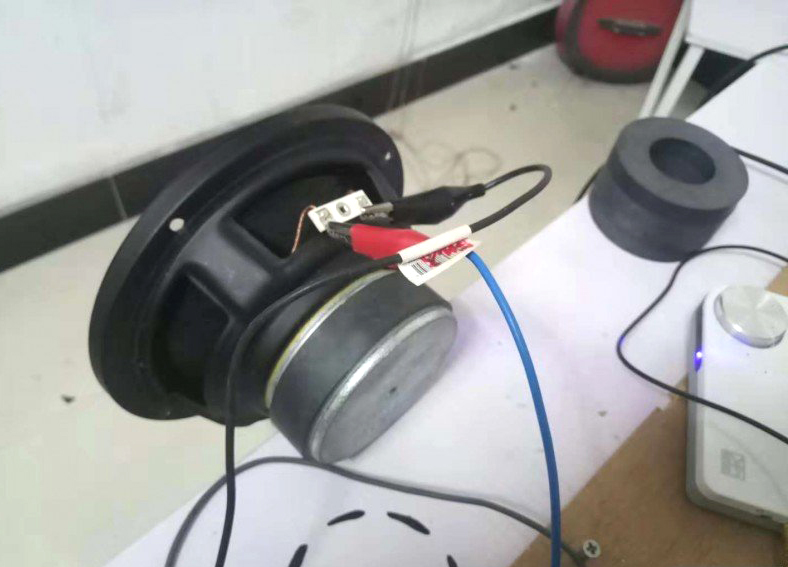Magnets used in speakers are usually divided into four types, ceramic ferrite magnets, rare earth neodymium magnets, alnico magnets and samarium cobalt magnets, the following is a detailed description of these materials.
1. Ferrite magnets:
Ferrite magnets, also known as ceramic magnets, are the most common type of magnet used in loudspeakers; they are made from iron oxide and strontium carbonate or barium carbonate. Ferrite magnets are relatively low cost, have good magnetic properties, and provide excellent performance in most loudspeaker applications.
Most of the ferrite ring magnets used in the horn are mainly Y25 grade.

Advantages: inexpensive, relatively durable, high stability.
Disadvantages: low magnetic energy density, relatively weak performance, usually requires larger size or thickness.
2. Neodymium magnets:
Neodymium magnets, also known as rare earth magnets, are the strongest permanent magnets at present. They are made of neodymium, iron and boron (NdFeB) alloys. Neodymium magnets have a much stronger magnetic force than ferrite magnets, and have the characteristics of high efficiency and small size in loudspeaker design. They are commonly used in high quality home theater systems, car audio systems, and professional audio equipment.
Advantages: high magnetic energy density, powerful magnetism, small size, light weight.
Disadvantages: poor corrosion resistance, magnetic properties are affected at high temperatures, relatively high price.
3. Alnico Magnets:
Alnico magnets are made from an alloy of aluminum, nickel and cobalt. They were widely used in loudspeakers before the advent of neodymium magnets. Alnico magnets have good temperature stability and provide a strong magnetic field. However, compared to neodymium magnets, Alnico magnets have less power and are less commonly used in modern speaker designs.
4. Samarium-cobalt magnets:
Samarium-cobalt magnets are another type of rare earth magnet, Its magnetic properties are not as good as neodymium iron boron, but the price is still more expensive than neodymium, speakers pursue cost control, samarium cobalt magnets in the use of speakers is not common.
Advantage: good corrosion resistance, but the environment in which the speaker (loudspeaker) is used does not generally involve serious corrosion problems.
Disadvantages: performance is not as good as NdFeB, expensive, brittle.
These are the 4 common types of magnets used in loudspeakers. Engineers can choose according to the design needs and performance requirements in order to achieve the best sound effect and cost-effectiveness.
Horn magnet size selection;
Related speaker magnet introduction;
Alnico vs ferrite magnets in speakers
Reasons why tweeter magnets are larger than full-range speaker magne
 China Neodymium And Ferrite Magnets Manufacturer & Supplier
China Neodymium And Ferrite Magnets Manufacturer & Supplier 


